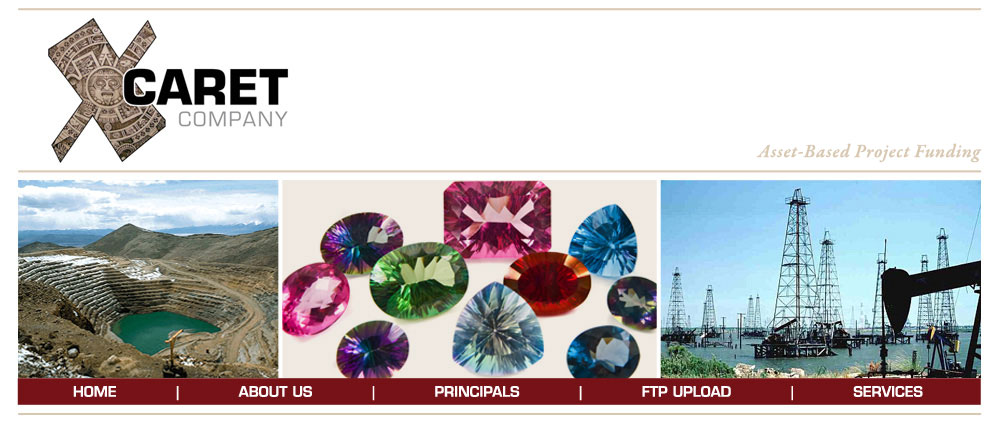
MONETIZATION AND TRADE OF BANK INSTRUMENTS
Monetization generally means taking something that is not liquid and making it liquid – usually in the form of cash or a credit line.
Bank guarantees, letters of credit, medium-term notes, certificates of deposit, and bonds are mainly issued by banks and are the most common type of bank instruments that can be monetized for trade and project funding purposes.
Generally, an investor, or hedge fund, or other financial entity will go to one of the major banks in the world and pledge an asset as collateral to get the bank to issue the instrument or sometimes called, ‘Paper.” These instruments can then be traded between banks, or monetized in order to provide capital for placement into a PPP for purposes of raising funds for projects.
The treasury of a country often issues bonds in order to generate investment. Sometimes called “Sovereign Bonds,” these bonds sometimes carry a very long term. An example is the Long Term Notes “LTN”s issued by Brazil in the 1970s to fund infrastructure projects for Brazil. These could be called “Historical Bonds” by some, because of their age. They have surpassed their original term. Brazil has changed their monetary system during the 40 years since they were issued. LTNs must be repatriated by Brazil in order for these bonds to be worth anything at all. Finding a buyer for these Brazilian LTNs is often a challenge and requires not only an owner but in addition a second investor willing to pay all the banking and Euroclear costs to make the bond ready for sale.
Many of the bank instruments like the LTN require a fair amount of patience and diligence in order to find the right monetization source.
